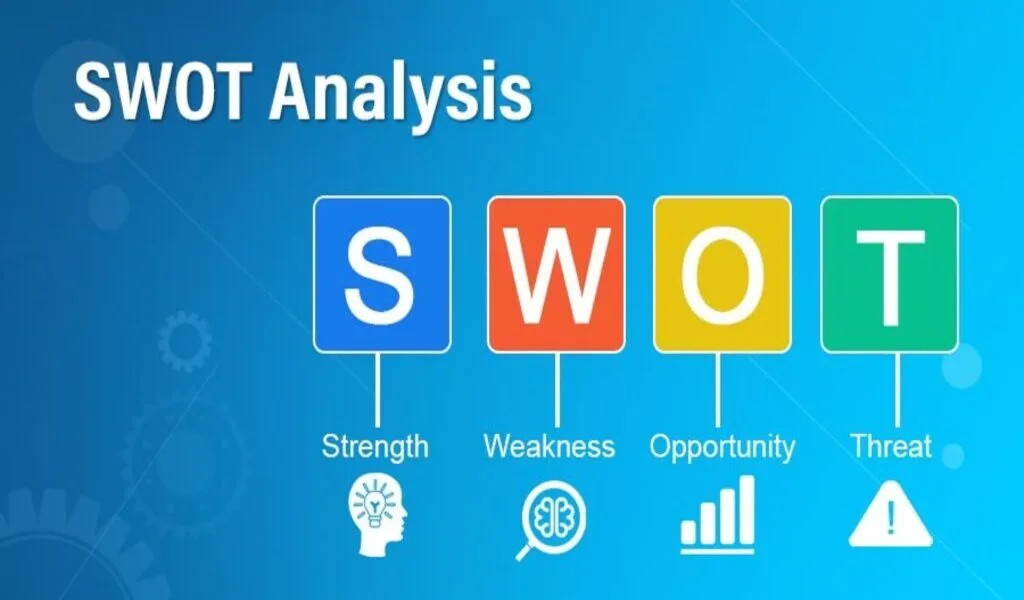(CTN News) – SWOT analysis is a strategic tool businesses use to identify their strengths, weaknesses, opportunities, and threats. In this article, we will explore what SWOT analysis is and how to use it effectively.
Introduction:
As a business owner or manager, it’s important to clearly understand your company’s strengths, weaknesses, opportunities, and threats.
SWOT analysis is a powerful tool that helps you gain this insight and make informed decisions. In this article, we will explore what SWOT analysis is and how to use it effectively.
What is SWOT Analysis?
SWOT analysis is a strategic planning tool businesses use to identify their internal strengths and weaknesses and external opportunities and threats. It helps businesses assess their current position and make informed decisions about plans.
SWOT stands for:
- Strengths: Internal factors that give the business a competitive advantage.
- Weaknesses: Internal factors that put the business at a disadvantage.
- Opportunities: External factors that the business can take advantage of.
- Threats: External factors that could negatively impact the business.
SWOT analysis is typically represented in a four-quadrant matrix, with strengths and weaknesses at the top and opportunities and threats at the bottom.
How to Use SWOT Analysis:
- Identify the objective: The first step in using SWOT analysis is to identify the objects you want to achieve. This could be anything from launching a new product to entering a new market.
- Gather data: Once you have identified your objective, gather data on your business and its environment. This could include customer feedback, market trends, and competitor analysis.
- Conduct the analysis: Use your gathered data to conduct a SWOT analysis. Identify your strengths, weaknesses, opportunities, and threats, and place them in the four-quadrant matrix.
- Analyze the results: Once you have completed the SWOT analysis, analyze the results. Look for patterns and connections between the different factors and use this information to make informed decisions.
- Develop a plan: Based on your analysis, develop a plan of action. This could involve leveraging your strengths, addressing your weaknesses, taking advantage of opportunities, or mitigating threats.
SWOT Analysis Headings:
- Strengths
- Key differentiators
- Unique selling proposition
- Core competencies
- Market position
- Weaknesses
- Areas for improvement
- Resource constraints
- Operational inefficiencies
- Customer complaints
- Opportunities
- Market trends
- Customer needs
- New technologies
- Partnerships
- Threats
- Competitive landscape
- Economic conditions
- Regulatory changes
- Technological disruptions
FAQs:
Q. What are some benefits of using SWOT analysis?
A. SWOT analysis can help businesses better understand their current position, make informed decisions, and develop a strategic plan. It can also identify potential risks and opportunities and help businesses respond to environmental changes.
Q. How often should SWOT analysis be conducted?
A. SWOT analysis should be conducted regularly, depending on the needs of the business. Some businesses may conduct SWOT analysis quarterly, while others do it annually.
Q. Can SWOT analysis be used for personal development?
A. Yes, SWOT analysis can be used for personal development. It can help individuals identify their strengths and weaknesses and develop a plan for personal growth.
Conclusion:
SWOT analysis is a powerful tool businesses can use to gain insight into their current position and make informed decisions. By identifying their strengths, weaknesses, opportunities, and threats, businesses can develop a strategic plan that helps them achieve their objectives.






